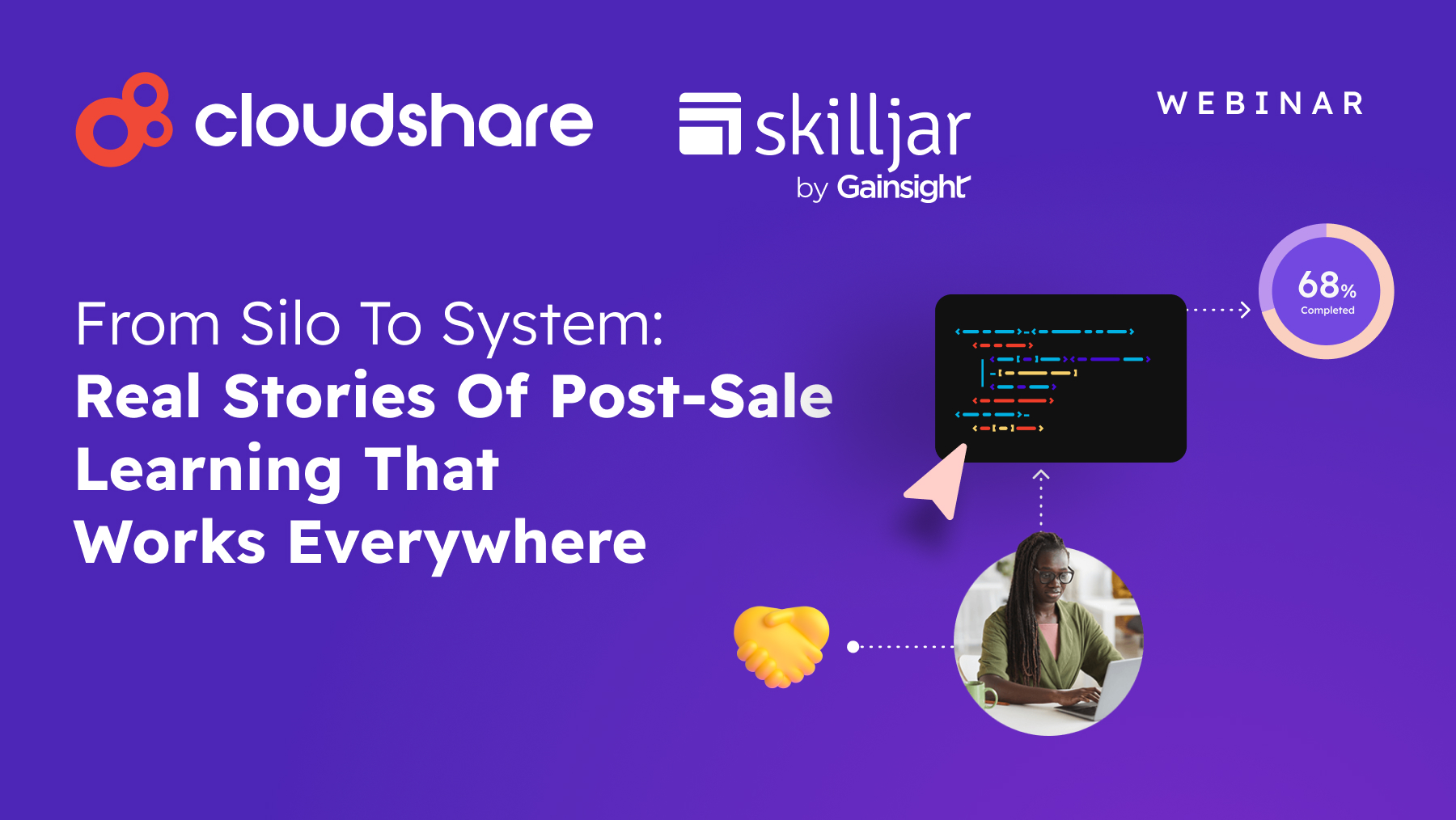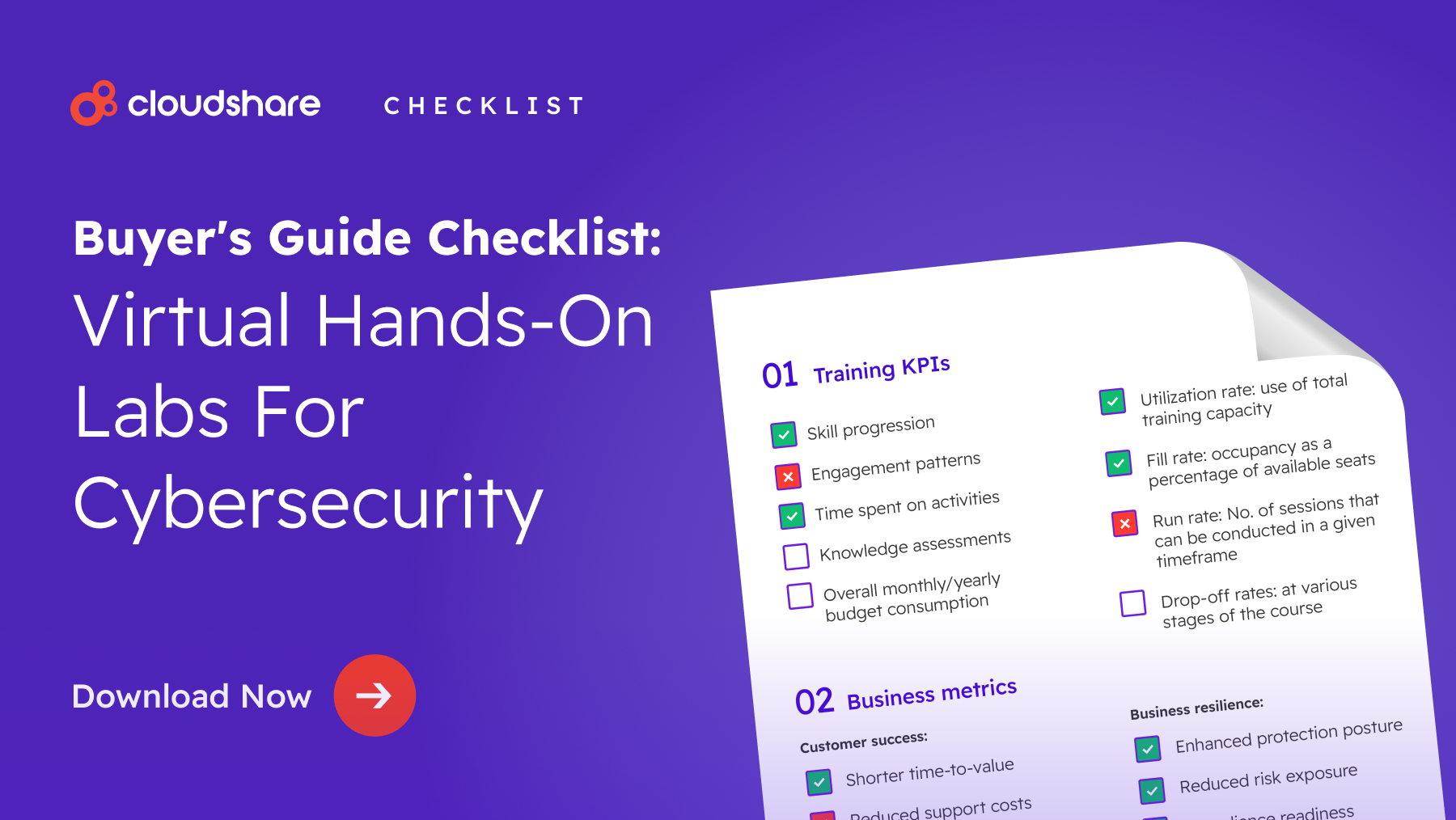
Whether virtual or physical, instructor-led training happens on a set schedule. That’s sort of a necessity. You can’t expect an instructor to be available at all hours of the day.
While instructor-led training works well for employee training, it tends to be less suitable for customer onboarding. A company can easily require every staff member to participate in mandatory training such as health and safety or AML. It also doesn’t have that level of control over its customers. Training a key account’s staff may be a top priority for a software provider. However, that key account has its own priorities, and blocking out a two-hour window for a team of 50 sales executives and engineers may be a bridge too far.
That’s where on-demand training (or training on demand, if you prefer) has the edge. With on-demand learning, the participant has total control over when, where, and often how they engage. They learn at their own speed and on their own schedule. That’s why the other common name for this approach is self-paced learning.
Developing content for this training style differs slightly from traditional instructor-led learning. Self-paced training is more modular since employees generally slot their sessions between their daily tasks. That means each module should be largely self-contained.
Delivering that content, maximizing engagement, and maintaining oversight also requires robust on-demand training software.
7 Best On Demand Training Tools
So, without further ado, let’s run through the magnificent seven recommendations for some of the best on-demand training solutions.
1. CloudShare
CloudShare has always been a leader in both on-demand and instructor-led training. The company’s virtual IT labs enable instructors to effortlessly create and clone any number of training environments, giving employees and customers alike the opportunity to experience them directly, play around with the features, and learn through trial and error.
The solution is also completely cloud-agnostic. You can deploy a lab into any public cloud environment without coding. Perhaps most importantly of all, CloudShare is built for easy integration with the majority of LMS and customer relationship management (CRM) solutions.
2. TalentLMS
As a fully customizable, cloud-based learning management platform, TalentLMS makes employee onboarding and upskilling simpler than ever. Self-paced learning is just one of several modalities supported by the platform, which also offers gamification and social learning. There are two things, however, that really make this tool stand out from the crowd.
The first is its use of artificial intelligence. In addition to AI content generation, TalentLMS fully embraces adaptive learning. Instructors can create any number of dynamic, branching learning paths for participants.
There’s also the fact that TalentLMS is exceptionally customizable, with comprehensive white-labeling options that allow any business to make the solution their own.
3. Litmos
Geared primarily toward companies with complex training needs, Litmos is a highly intuitive LMS supported by both AI and a massive online course library. Trusted by over 4,000 companies and 30 million users, it’s a powerful all-in-one solution that provides everything from analytics and content authoring to AI assessments.
In addition to professional development and customer onboarding, Litmos is designed to support revenue enablement, compliance training, and training for volunteers at nonprofit organizations.
4. Cornerstone
Cornerstone markets itself as a complete AI-powered workforce agility platform that aims to close the growing workforce readiness gap by helping employees evolve with the changing technology landscape. On-demand learning is just one element of the Cornerstone offering. The modular ecosystem also includes solutions for human resources, talent management, recruitment, and content creation. In short, it’s a holistic solution designed to meet all your learning and development needs.
5. LearnWorlds
LearnWorlds is one of the lighter tools on this list, but don’t let that fool you. The platform’s human-centric approach to training makes it a perfect fit for on-demand learning. At the same time, its customizable, intuitive interface is easy for administrators and end users. LearnWorlds also supports over 4,000 integrations, allowing it to work seamlessly with just about any organization’s technology stack.
If you want to commercialize your on-demand training, the platform also lets you create and sell courses and memberships.
6. Absorb
Backed by incredibly powerful smart administration and AI-powered personalization, Absorb is the perfect choice for organizations with larger, more complex training initiatives. Its comprehensive feature set supports custom scheduling, reporting, and branding. In addition to offering a massive library of pre-made content and courses, Absorb has an impressive eLearning tool suite.
This on-demand training platform doesn’t only track what learners do when they’re actively engaged with a course. It also gives administrators a window into how people use its self-service portal, tracking search activity to provide invaluable data.
7. CYPHER
AI and on-demand learning make an incredible pair and CYPHER is arguably at the apex of that synergy. Leveraging Microsoft 365 Copilot, the platform helps businesses design competency-based product training that’s both personalized and engaging. CYPHER also offers everything from AI-driven analytics to adaptive assessments.
Explore the Best Tools for Supporting Remote Training
As you select the on-demand training tool that best meets your needs, it’s also worth looking ahead to the next stage of your roadmap. To explore solutions that will help you augment your chosen platform, check out 5 Best Remote Training Tools for 2024.




